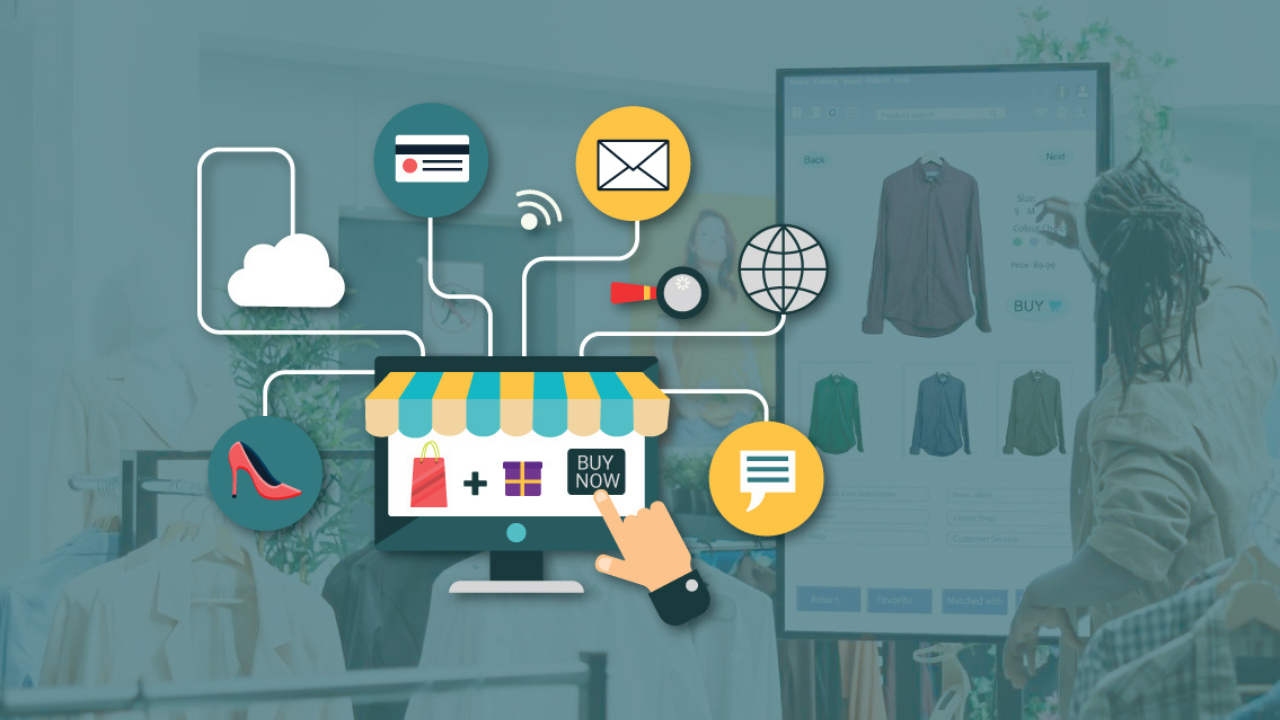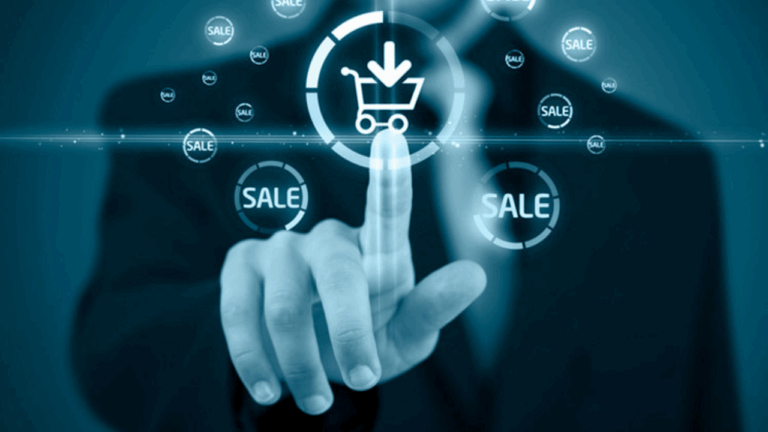Omnichannel Retail Strategies in 2025: How Indian Brands Are Winning Customers Everywhere
Omnichannel retail is changing the way businesses sell in India. Whether you buy from a store, a website, or a mobile app, everything is now connected. In 2025, many Indian retailers are using this strategy to make shopping easy, fast, and smooth for customers.
In this blog from Social Impact Insight, we explain what omnichannel means, how it works, and which Indian brands are doing it right. This guide will help business owners, marketers, and even shoppers understand the future of retail.
Why Omnichannel Matters in 2025
Shopping is no longer about just going to a shop or only buying online. Today’s customers want options:
- They want to check a product online and buy it from a nearby store.
- Or they may order online and pick it up from a shop.
- Sometimes, they see a product on Instagram and buy it from the brand’s website.
To manage all this, brands need a proper system where all sales channels are linked. That’s what omnichannel retail is all about.
What Is Omnichannel Retail?
Omnichannel retail means selling across multiple platforms like:
- Physical stores
- Online websites
- Mobile apps
- Social media platforms like Instagram, Facebook, and WhatsApp
The goal is to make sure the customer experience is the same everywhere. It helps customers move smoothly between online and offline shopping.
How Indian Brands Are Using It
Let’s look at how some Indian brands are using omnichannel strategies in 2025:
- Reliance Retail (Tira): Reliance launched Tira, a beauty platform, where customers can shop online or visit physical stores. The app also gives beauty tips, video tutorials, and product trials using AR (Augmented Reality).
- Nykaa: Nykaa offers beauty products online, in malls, and even through its app. Their system remembers what you like and gives offers based on your buying habits.
- Decathlon India: You can check stock in your nearest Decathlon store from the website. They allow you to buy online and return in-store, which gives buyers more flexibility.
- Big Bazaar (Smart Bazaar): After its rebranding, Big Bazaar is focusing on integrating online delivery with its physical stores. Their “Click & Collect” service is a hit among busy urban shoppers.
Key Features of a Good Omnichannel Strategy
| Feature | Why It’s Important |
| Unified Inventory | Same product info across online and offline stores |
| Easy Returns | Return anywhere – online or offline |
| Real-Time Updates | Live stock and delivery status |
| Personalized Offers | Based on your browsing and buying history |
| Multiple Payment Options | UPI, cards, cash, and mobile wallets |
Role of Technology
Technology plays a big role in omnichannel retail. Tools like:
- POS (Point of Sale) systems
- CRM software (Customer Relationship Management)
- Inventory Management tools
- AI-powered chatbots
Help businesses give a smooth experience across channels.
For example, if a shirt is out of stock in a store, the staff can check its availability in another location or online – all from one system.
Future of Omnichannel in India
By 2027, experts say India’s omnichannel market will cross ₹4 lakh crore. Some big changes we expect to see:
- More Tier 2 & Tier 3 city expansion
- WhatsApp shopping will grow
- Same-day delivery will become common
- Open Network for Digital Commerce (ONDC) will help small sellers go omnichannel easily
Final Words from Social Impact Insight
Retail in India is no longer about just opening a store or building a website. To win in 2025 and beyond, brands must be where the customer is — everywhere. Omnichannel retail is the future, and businesses that use it well will grow faster, reach more people, and keep customers happy.
To read more about business trends and how India is changing, keep following Social Impact Insight.







